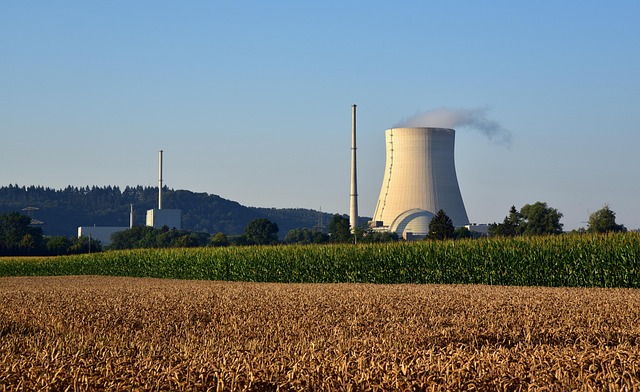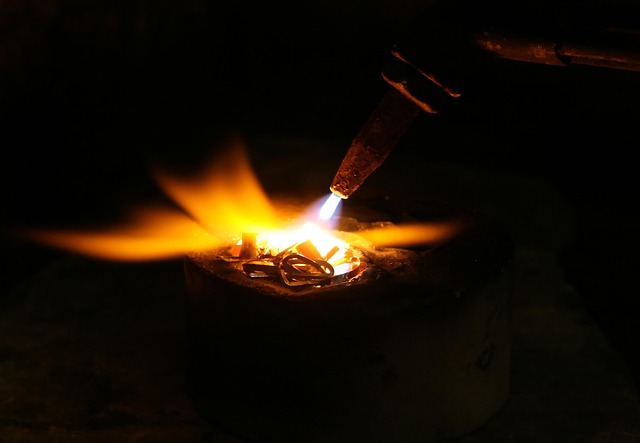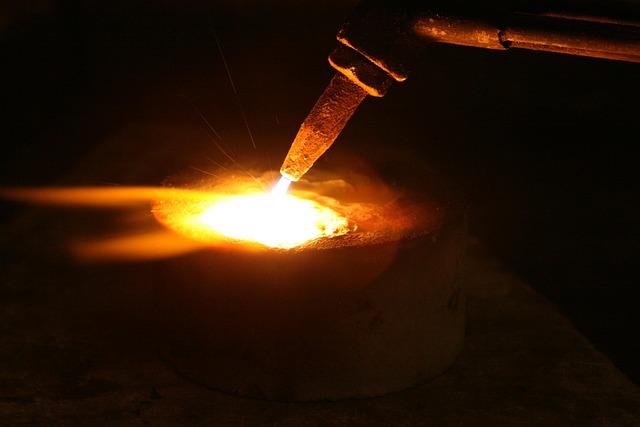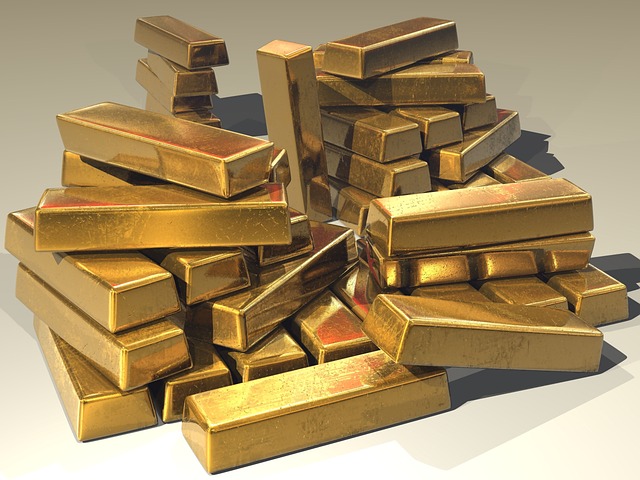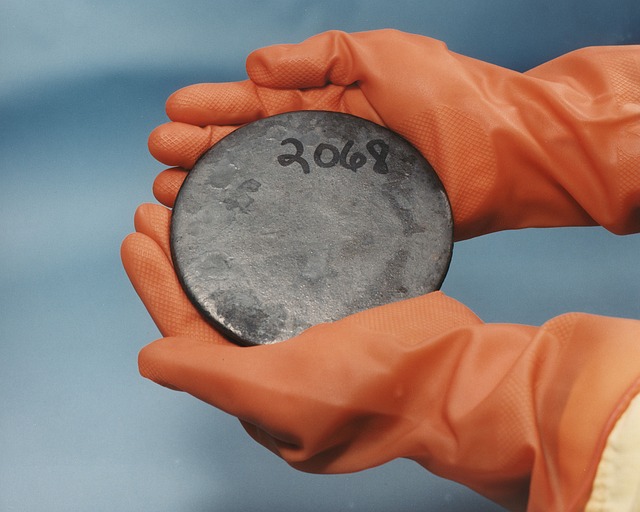
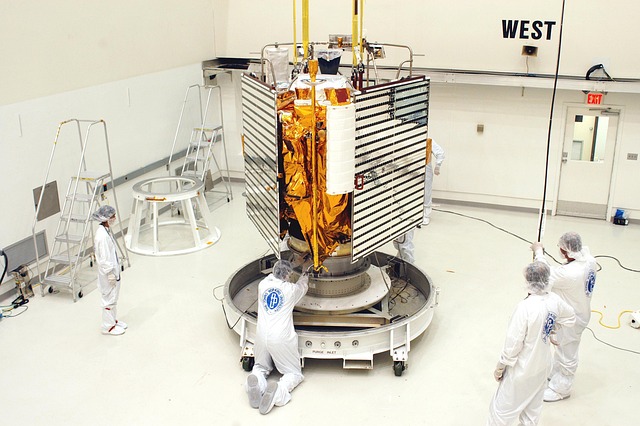
The age-old dream of transforming base metals into gold – once the pursuit of medieval alchemists and scientific pioneers like Sir Isaac Newton – has been revived by a Silicon Valley start-up. Marathon Fusion, based in California, says it has developed a method for converting mercury into gold using the process of nuclear fusion. By bombarding mercury isotopes with high-energy neutrons, the company claims it can create stable gold as a by-product of energy generation, signalling what it calls “the beginning of a new golden age.”
++ YouTuber goes viral for ‘world’s longest chin’
The neutrons are produced during fusion reactions, where two isotopes of hydrogen – deuterium and tritium – are heated to extreme temperatures and forced together to form helium. This process also releases high-energy neutrons, which Marathon Fusion proposes to use in a process of nuclear transmutation. By substituting traditional fusion reactor materials with mercury-198, a common isotope, they claim to create mercury-197, which naturally decays into gold over a matter of days. This innovative approach, they say, does not compromise power output or fuel sustainability.
Although the company has published a scientific paper outlining its method, it has not yet been peer-reviewed. Nonetheless, the firm argues that a one-gigawatt fusion plant using their technology could produce up to 5,000 kilograms of gold annually. However, some of the resulting gold may contain radioactive isotopes and would need to be safely stored for up to 18 years. The start-up believes the potential economic return from the gold could match that of electricity production, effectively doubling the value of future fusion facilities.
++ Former conservative MP accused of possessing false Passport
Marathon Fusion was co-founded by Adam Rutkowski, formerly of SpaceX, and Kyle Schiller, a fellow at Eric Schmidt’s research organisation, Schmidt Futures. Beyond gold, the company believes its technology could help produce other valuable materials, such as palladium and medical isotopes, and even support the development of nuclear batteries. While scepticism remains until further scientific validation is achieved, the proposal marks a bold intersection between ancient ambition and modern fusion science.
